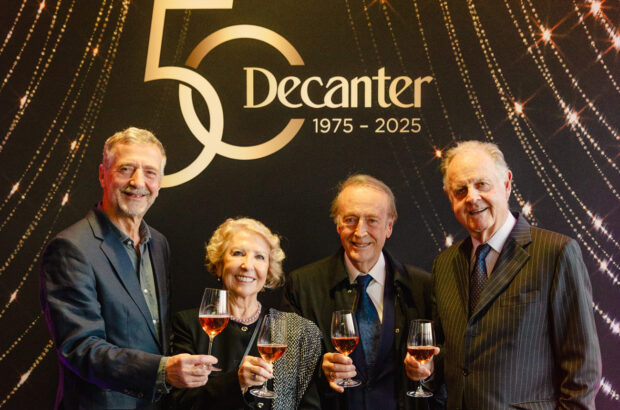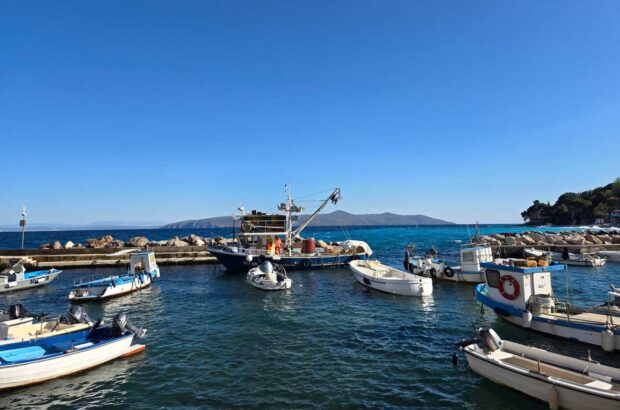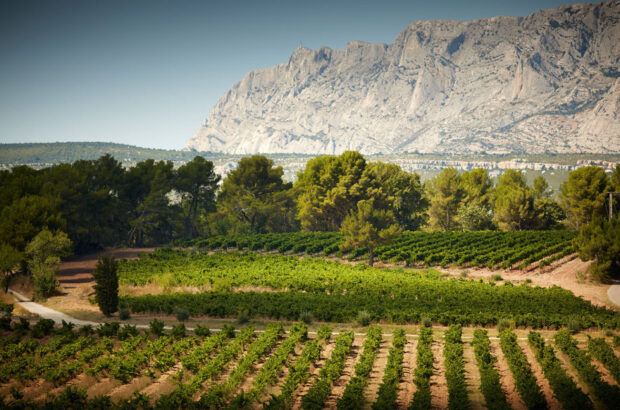Link: Find more WSET stories
- This article is written by a journalist on a journey of discovery - and on a mission to learn about wine.By John Elmes
I’ve always been a bit circumspect around Sauvignon Blanc. Those I’ve drunk in the past have generally left me cold, a combination of tartness and sour or synthetic fruits warping my view. I seemed to encounter every flavour except those I now know to be typical of the variety.
Bizarrely, novice wine lovers seem to be able to describe the characteristics of Sauvignon Blanc quite successfully, often without having even tried the wine. That might be a reason for its popularity, you can hedge your bets that the wine you’re about to drink is crisp, dry, and refreshing.
Sauvignon Blanc is aromatic and traditionally displays potent green fruit, floral and vegetable fragrances, contrasting though those might sound. Not many people would simultaneously denote green apple and asparagus, or gooseberry and green bell pepper. With Sauvignon Blanc you can, and do.
- Use the where to study map on the WSET website to see which courses are available near you.
Wines are high in acidity, medium-bodied, and almost always dry. Therefore, Sauvignon Blanc needs a cool climate to preserve these qualities, though it can abide a moderate one. This is why you see some from the cooler New World regions, beside those from the brisk climates of northern France.
As one expects fresh, crisp wines with green fruit and herbaceous flavours, Sauvignon Blancs are near-exclusively unoaked. The notable exception is the Californian Fumé Blanc, a type synonymous with the Napa Valley. Though the grape can cope with the moderate climate, it is too warm for the grape to retain its herbaceous characteristics. Fumé Blanc was described by one WSET tutor as a “quirky” alternative to traditional Sauvignon Blanc, and is widely credited to Californian wine trail-blazer Robert Mondavi. Another quirk is that they can be unoaked, lightly oaked, or heavily oaked – an outlandish step. However, with some Fumé Blancs you can still taste hints of grape’s herbaceous heritage, breaking through the spicy oak flavours of vanilla, toast or liquorice.
France is the native homeland of Sauvignon Blanc and the Loire Valley, the epicentre for the typical wines produced in the country. The villages of Sancerre and Pouilly-Fumé – not to be confused with Pouilly-Fuissé – face each other across the banks of the Loire river and produce dry, medium-bodied white wines with high acidity, and moderate or pronounced aromas of green fruit and herbaceous notes – gooseberry, grass, blackcurrant leaf or even nettle. It might seem strange, but you really can smell and taste these aromas and flavours, even though, to me, the idea of tasting nettle seems simultaneously ridiculous and painful. I encountered many of these traits on a Domaine Girault Sancerre, Le Chene du Roy, during a lesson tasting. As mentioned, I was no fan of Sauvignon Blanc before, but its nuances have converted me like a vinous Damascene moment.
Bordeaux is also a prime Sauvignon Blanc growing spot, though its white wines are often blended with Sémillon, with the latter dominating. The two grapes balance out each other’s characteristics to produce dry, medium/high acidity, medium- or full-bodied wines, occasionally with oaky flavours. Ironically, Bordeaux was where the grape originated, but – as befits western history of appropriation – the Loire region plundered it and made it its prodigy.
Moving into the new world, New Zealand rivals France commercially with its Sauvignon Blancs. The cool climate of Marlborough in the South Island is widely regarded as a new classic region for punchy Sauvignon Blancs characterised by traditional pungent, intense flavours with additional tropical fruits such as kiwi and passion fruit. Further west, in Australia, you find clean and intensely fruity Sauvignon Blancs in Adelaide Hills.
I think Sauvignon Blanc shares a little of Chardonnay’s versatility because it produces excellent wines in all the popular global wine-growing spots. On South Africa’s Western Cape, the cooling influences of Constantia and Elgin, afford them a reputation for Bordeaux or New Zealand-esque Sauvignon Blancs. Those following the New Zealand format tend to be lighter in body and less intense or complex, while the Bordeaux-style wines have more intense, herbaceous characters.
Last but not least, Casablanca in Chile is an up-and-coming area for herbaceous, fruit-led Sauvignon Blancs. These wines are acutely aromatic and refreshingly fruity, with citrus, green apple and grassy notes.
As is the capricious nature of wine, I can now say I like a variety I previously disliked. Long may it continue.
Interested in studying for a WSET qualification like John? Learn more here.

John Elmes Biography – WSET, UK Based Journalist

Vineyard Activities – Factors that influence wine – WSET Level 2







